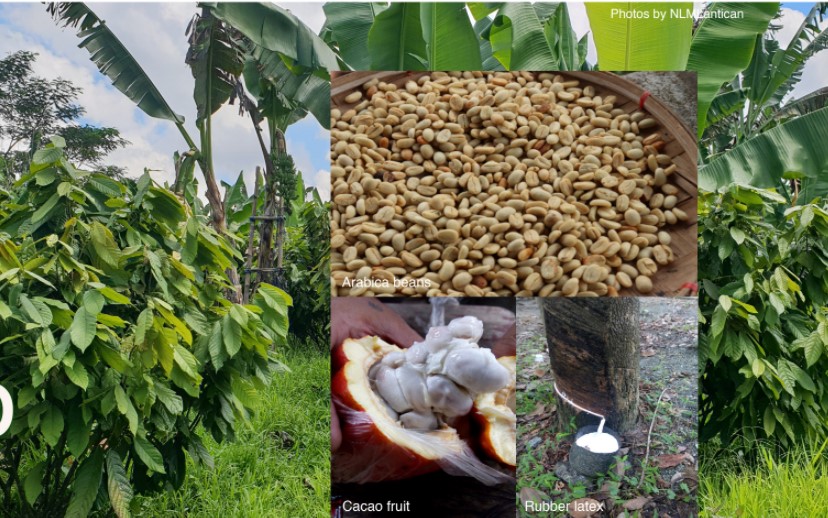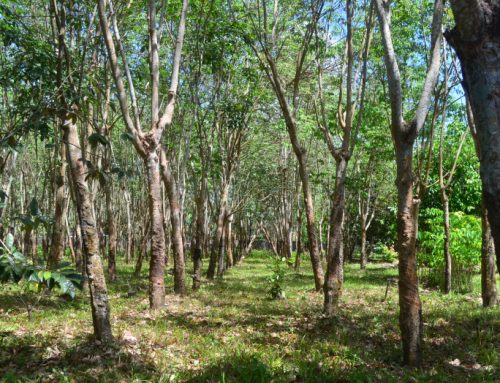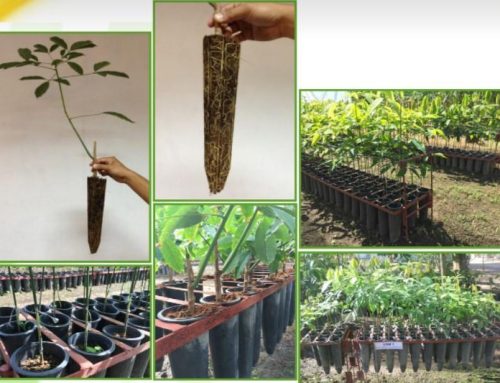In this Article

Species-site compatibility is a crucial factor in the establishment of forest plantations (ERDB, 2010). In the past, species trials conducted showed that different species have their own site requirements to attain optimum growth and development. Reforestation efforts also failed because species- site compatibility was not given proper consideration.
The importance of species-site matching functions lies in the fact that the suitability of a species to any given site can be determined before actual planting is made. The use of such functions significantly reduces the probability of crop failure due to a mismatch between species and site conditions. Replacing a species that has failed due to its incompatibility with the prevailing conditions of the site is very costly in terms of finance and time wasted.
At present, no species-site matching functions similar to the ones studied by Lantican, Diaz and Tandug (2002) are available for rubber, coffee and cacao. Developing species-site matching tool for high valued species like rubber, coffee and cacao is indispensable for increased production/ yield, livelihood generation and environmental protection. In this regard, the ERDB with financial support from PCAARRD, conducted a study to develop a computer-based species-site matching for rubber (Hevea braziliensis), coffee (Coffee Arabica) C. canephoara, the source of robusta coffee and cacao (Theobroma cacao). This software could predict the performance of the 3 agroforestry species in the field, given information on the site conditions prevailing threat.







